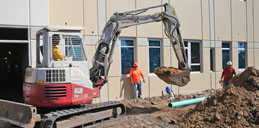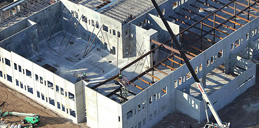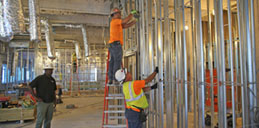5 Commercial Construction Trends for 2018
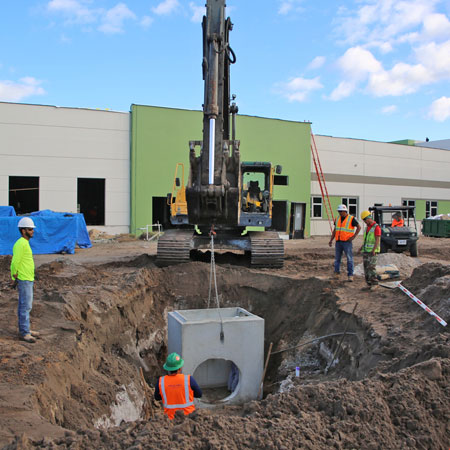 There are several exciting emerging trends that are reshaping the construction industry on and off the jobsite. As you may expect, technology is leading the charge. But there are others too that will not only change the way commercial structures are built, but what types of materials are being used as well. From reducing labor shortages to improving safety, and lowering construction costs to faster deliveries, here are 5 commercial construction trends on the rise for 2018:
There are several exciting emerging trends that are reshaping the construction industry on and off the jobsite. As you may expect, technology is leading the charge. But there are others too that will not only change the way commercial structures are built, but what types of materials are being used as well. From reducing labor shortages to improving safety, and lowering construction costs to faster deliveries, here are 5 commercial construction trends on the rise for 2018:
Building information modeling
During the past few years, building information modeling (BIM) has become an indispensable software tool for architects drastically reducing the time and cost of producing 3D renderings. More than 50% of architectural firms are using BIM, according to the American Institute of Architects (AIA). BIM is really going to revolutionize the construction industry. Instead of showing clients a 3D CAD drawing, BIM allows construction firms to provide clients with a 3D model of what the finished project will look like. And when combined with Augmented Reality (AR)/Virtual Reality (VR) technology, commercial contractors can take clients on a tour right inside a proposed building from the comfort of their office. You can expect more commercial contractors to adopt BIM in 2018 and beyond.
Labor shortage
There are more construction jobs than available skilled workers and the labor shortage is expected to continue throughout the industry through the remainder of 2018. According to the Bureau of Labor Statistics (BLS), the construction industry has added an average of 240,000 jobs per quarter. But a worker shortage is leaving 33% of jobs unfilled. The reasons are varied but there are just not enough workers entering the workforce seeking a career in construction. But some commercial contractors and construction companies are trying to change that. They are increasing the use of technology and are partnering with local high schools, vocational schools and community organizations to recruit the next generation of construction workers.
Modular construction
With labor shortages and materials cost expected to increase, the demand for modular construction as an alternative to traditional construction methods for schools, retail stores, office buildings and other temporary and permanent buildings will continue to rise. Since up to 90% of a modular structure can be pre-fabricated in a factory and assembled on site, the time it takes to complete a commercial construction project can be cut in half.
Green construction
Building owners are more environmentally aware than ever before and the number of green buildings is on the rise. Based on the National Green Building Index more than one-third of commercial buildings were Energy Star certified in 2017, an increase of nearly 30%. While many commercial contractors have been incorporating green technology and sustainable design principles into building practices and reducing waste at construction sites for some time, the use of recycled materials in commercial construction projects is on an upward trend.
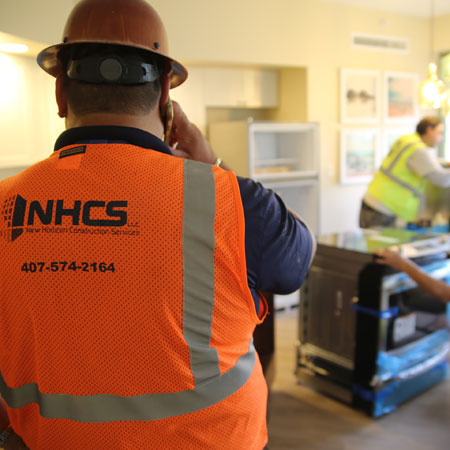 Wearable technology
Wearable technology
Wearable IoT technology will be the next big thing in the construction industry. Wearable IoT devices will not only enable workers to work more efficiently, it will increase safety at job sites. For example, a SolePower Work Boot incorporates an IoT device that monitors, and tracks when a worker falls or is fatigued. Soon safety glasses, vests, hard hats and other gear will include some form of wearable technology. The cool factor with these new technology advances in the commercial construction industry is also helping to recruit more workers into the field.



